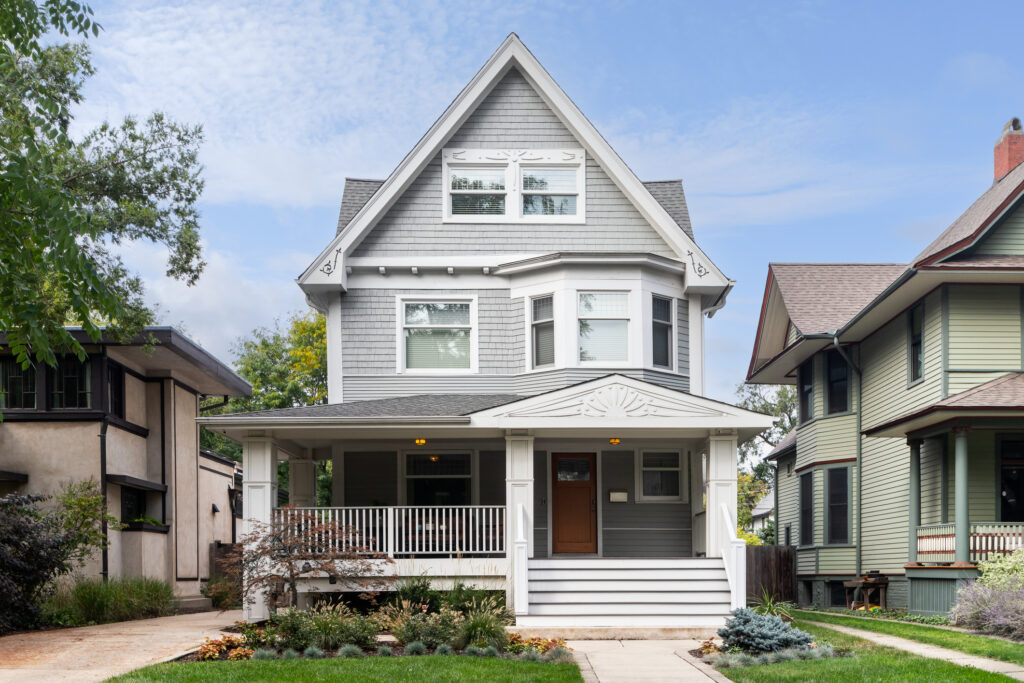Iowa Latinx Project releases first statewide report

Business Record Staff Sep 26, 2023 | 10:34 am
1 min read time
285 wordsAll Latest News, Arts and Culture, Diversity, Equity and InclusionThe Iowa Latinx Project, an initiative launched to highlight the contributions of Latino Iowans and address disparities, has released its first statewide Nuestro Iowa report, expanding on the initial 2021 Central Iowa report.
This 2023 research combines statistics and community stories to provide a baseline of information to inform data-driven advocacy and advancement of Latino Iowans, according to a summary of the report.
The Iowa Latinx Project is directed by an all-volunteer collaborative leadership team. The 2022-2023 team was drawn from six towns across economic and social sectors representing the diversity of Latino leadership in Iowa. The team analyzed the data and worked to develop strategies to advance communities and Iowa as a whole.
The Iowa Latinx Project plans to regularly publish updated reports.
Key facts from the new report include:
- As of the 2020 Census, Latinos comprise 6.8% (215,986) of the overall Iowa population.
- Des Moines has the largest Latino population, followed by Sioux City, Davenport, Marshalltown, Council Bluffs, Cedar Rapids, Iowa City, Waterloo, and Storm Lake.
- Latinos are younger on average, with half of the population younger than 23.5. Other populations of color are also young on average, while the white population skews older. The report says this is one of the main factors driving the expected demographic change in coming years.
- The top industries for Latino-owned businesses with paid employees are food service, retail trade, construction and professional, scientific and technical services.
- The report says that disparities in education drive disparities in income, homeownership and health. Around 35% of Latinos aged 25 and older have not completed high school, compared with 5% of the white population, and 30% of white Iowans have completed a bachelor’s degree or higher, compared with 15% of Latinos.










